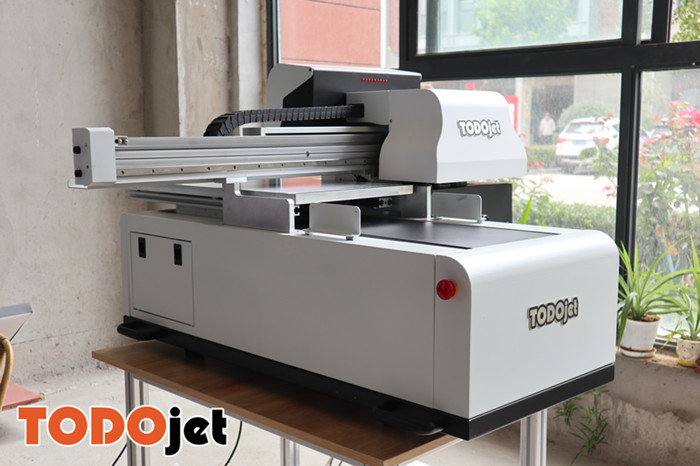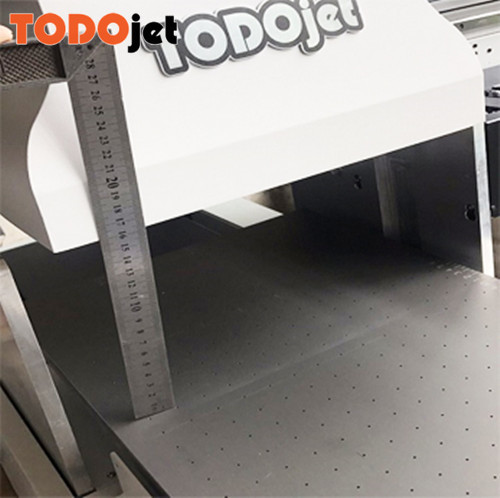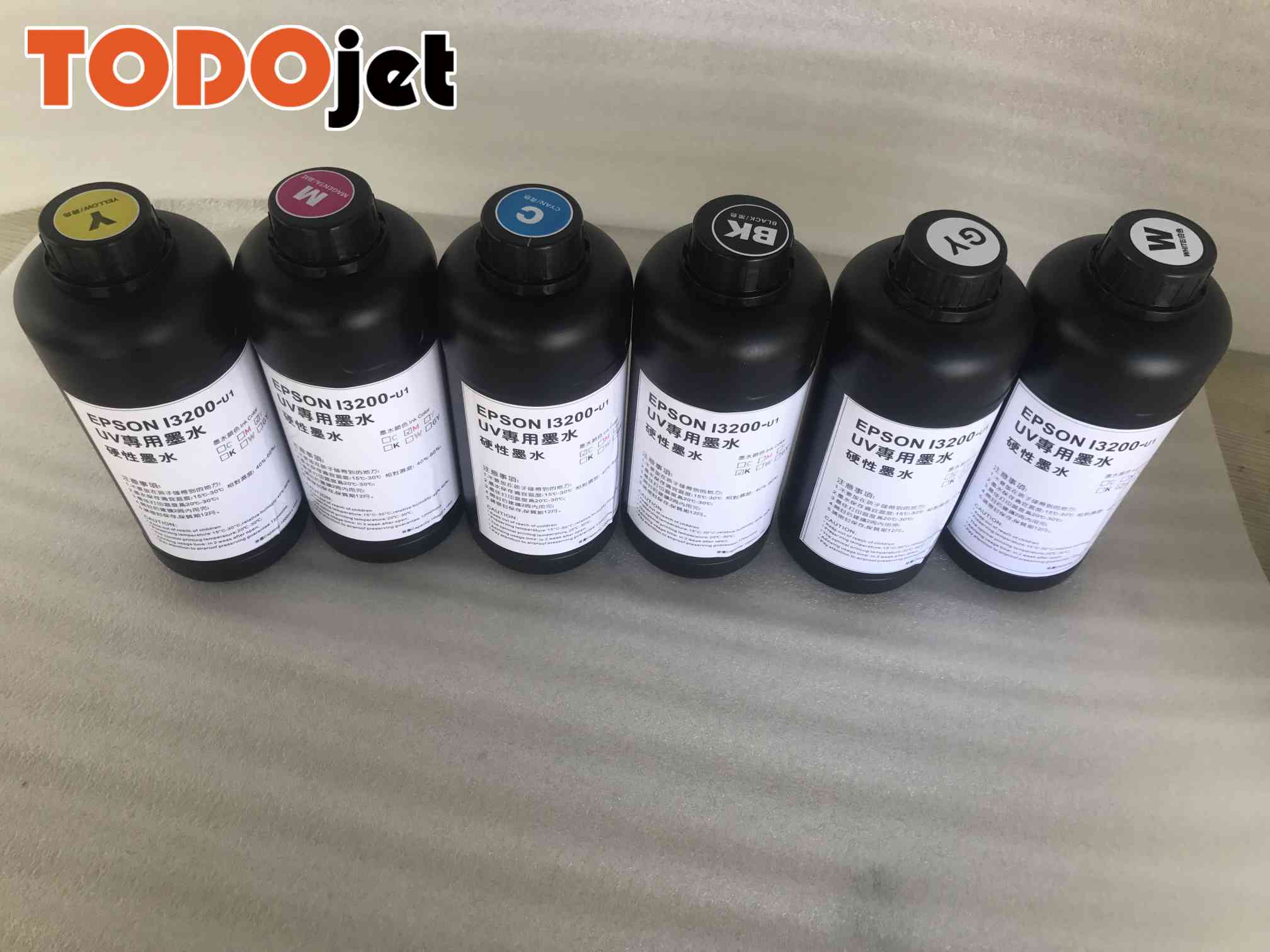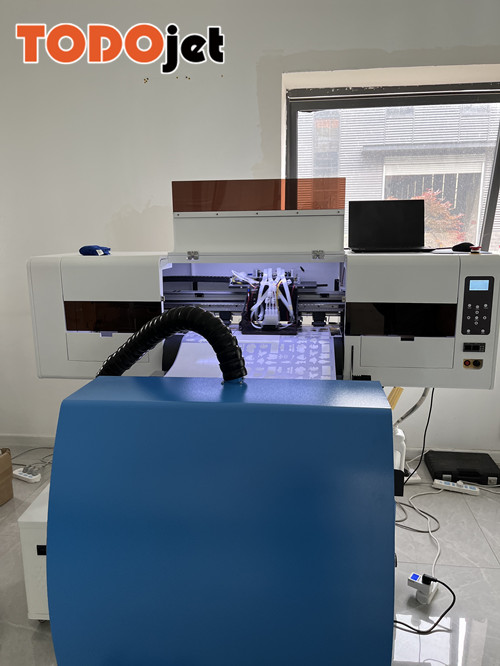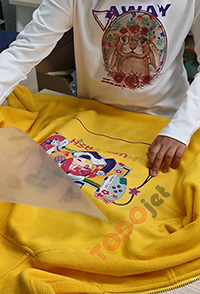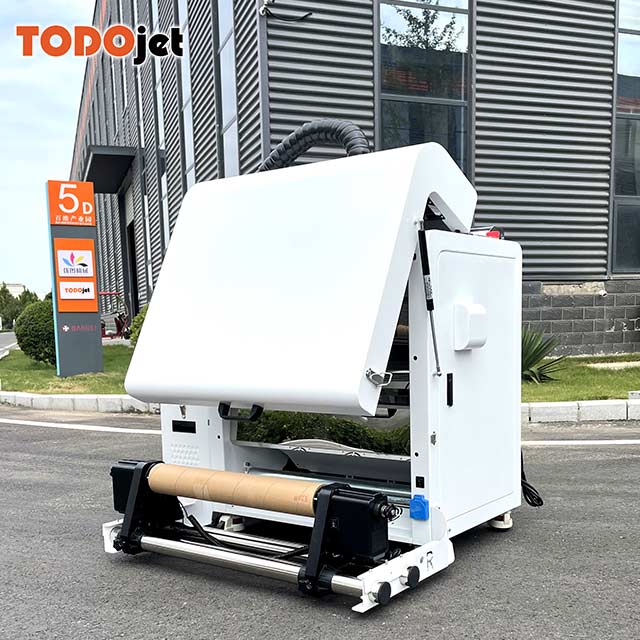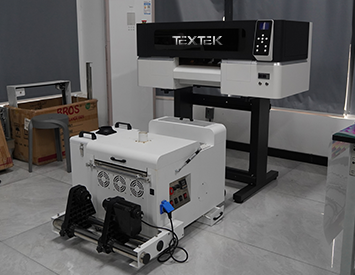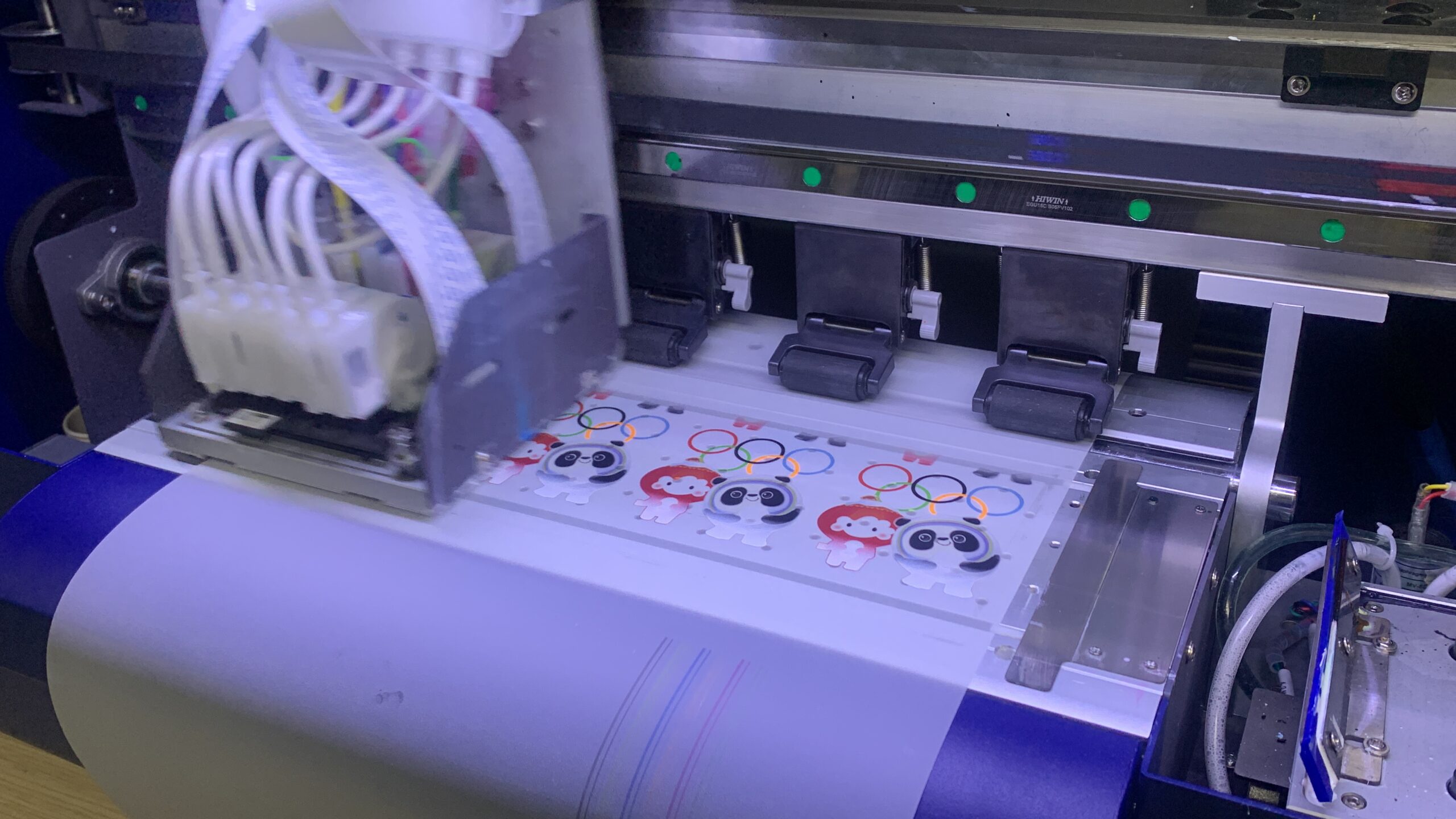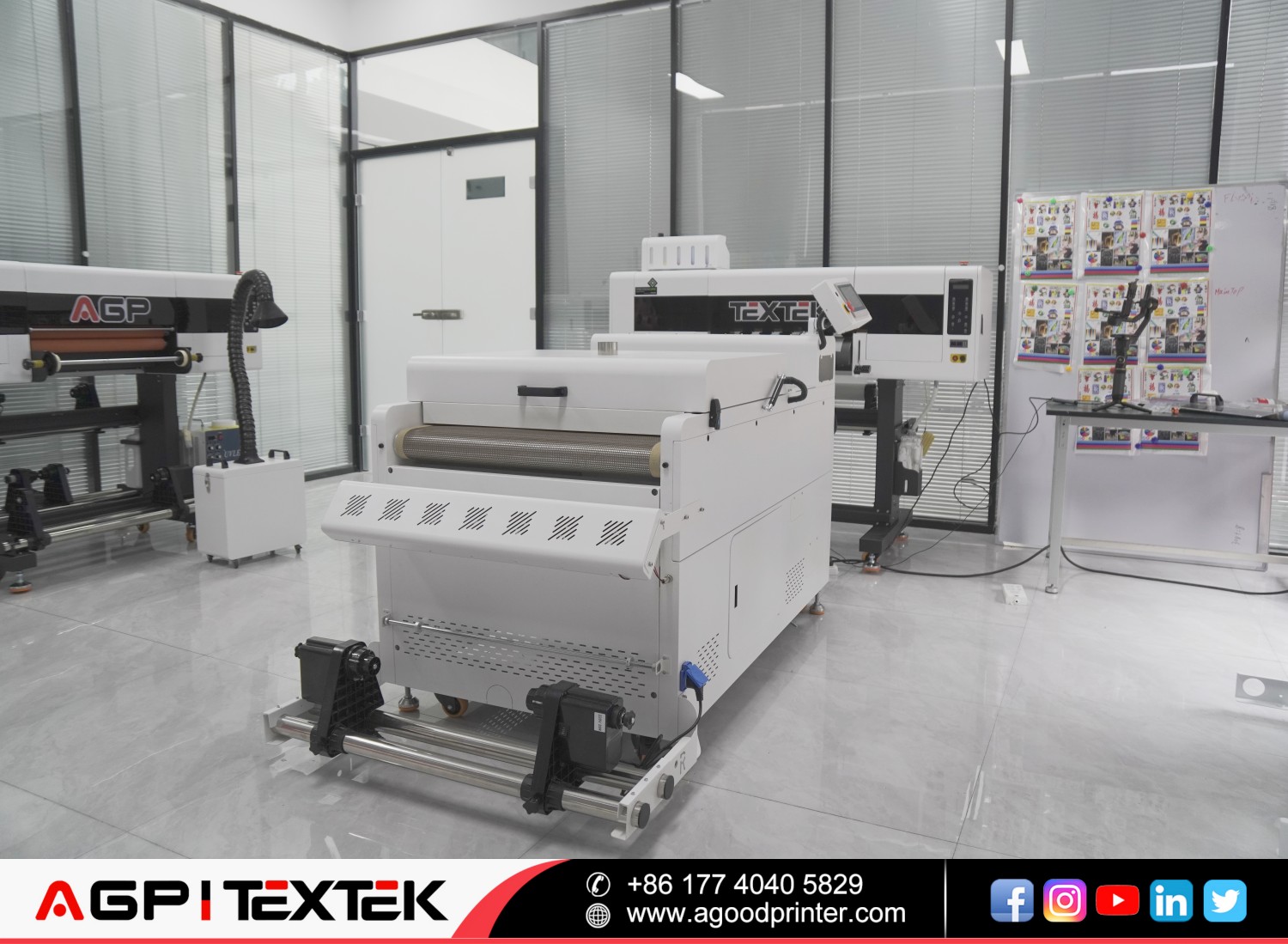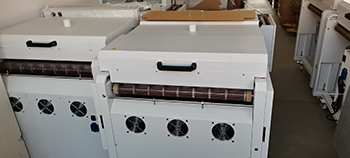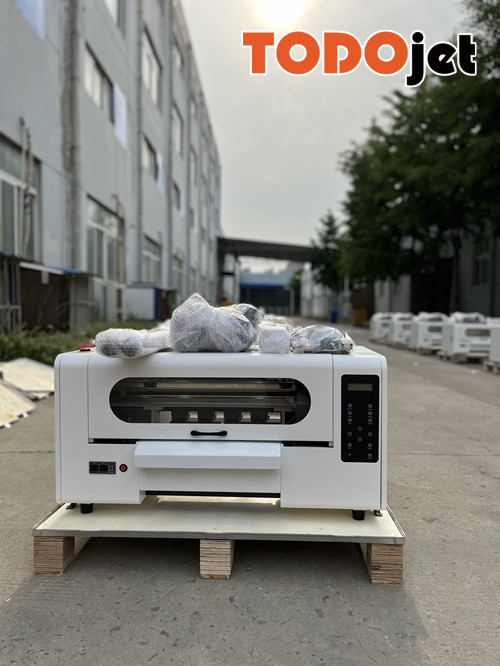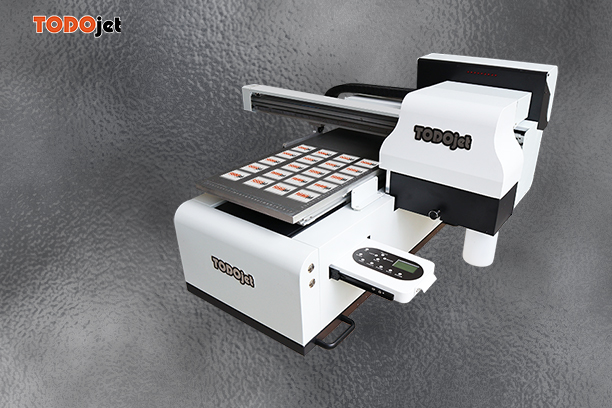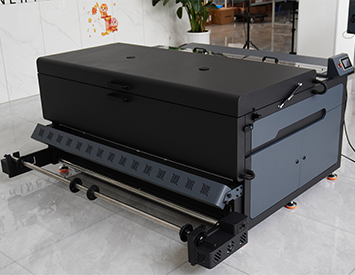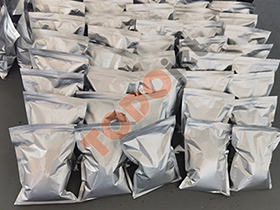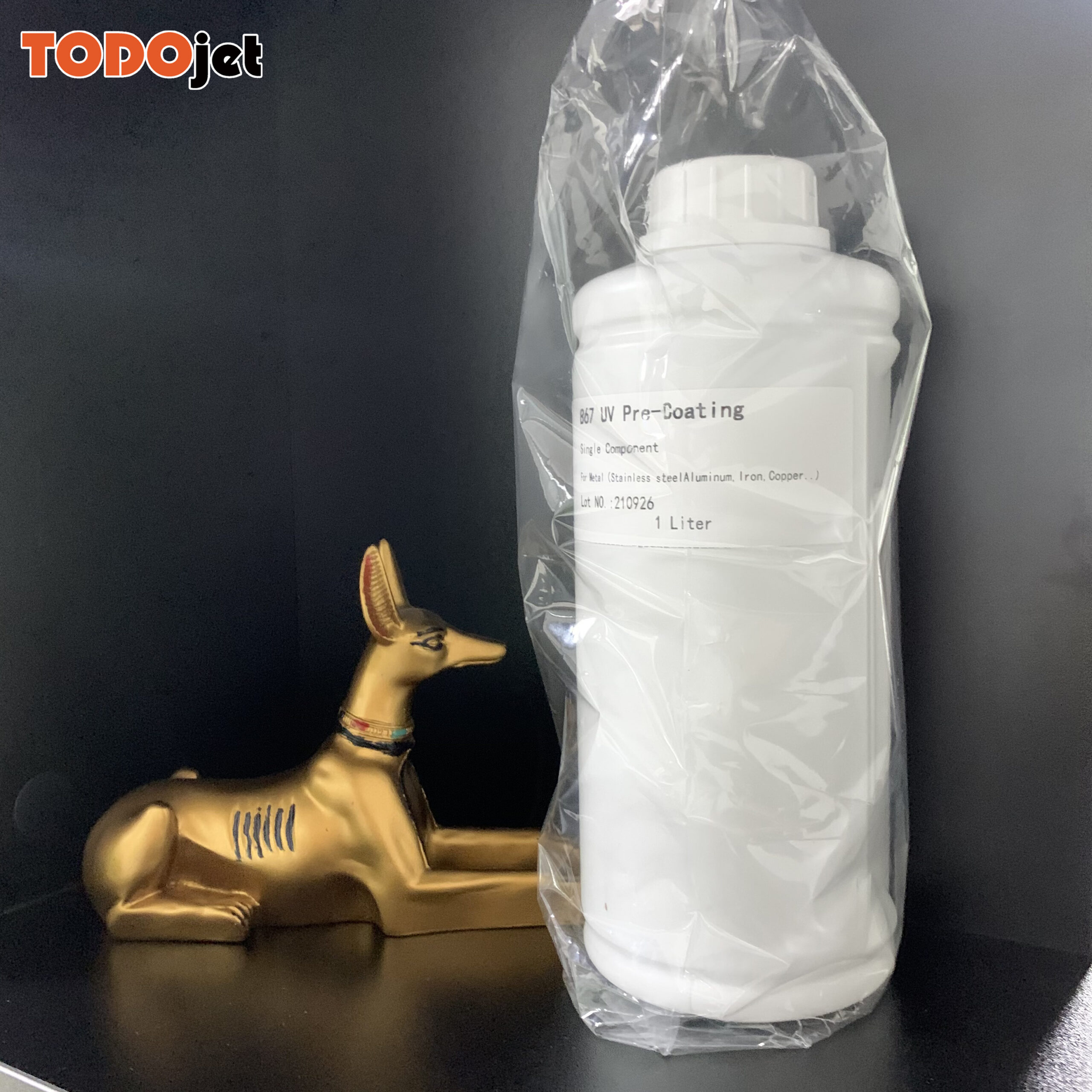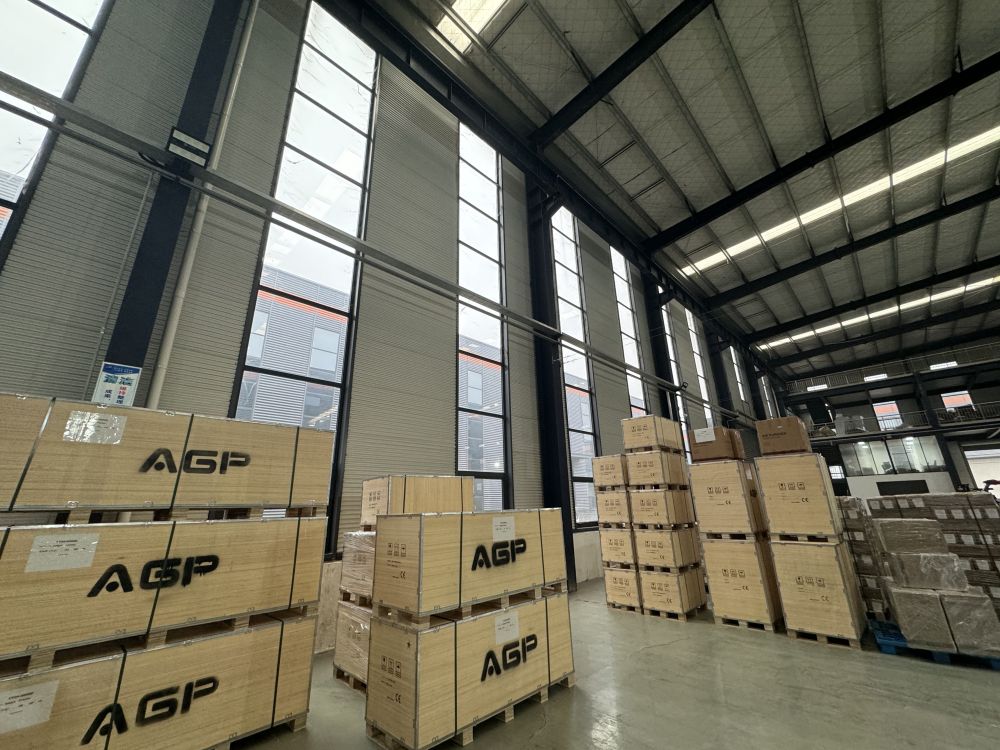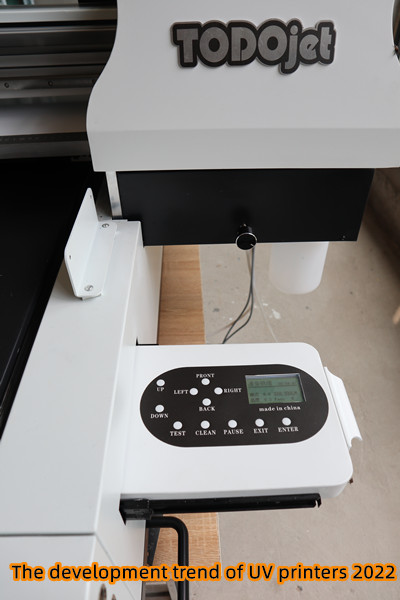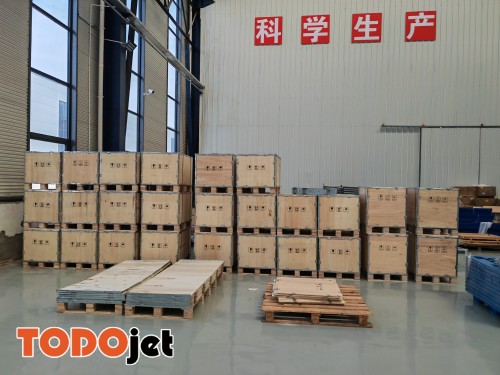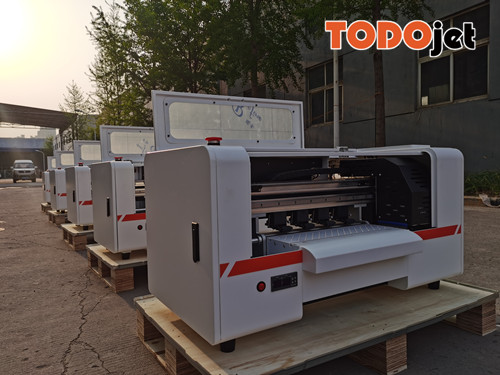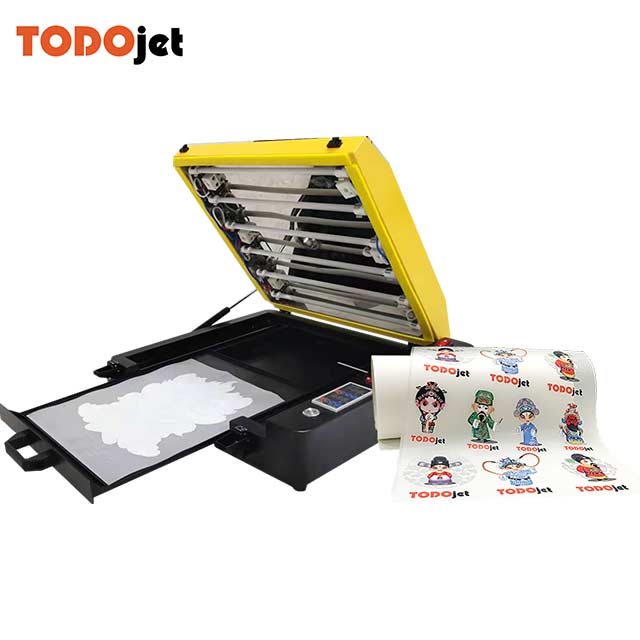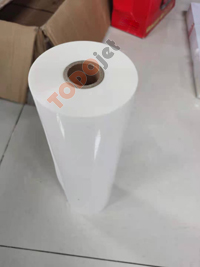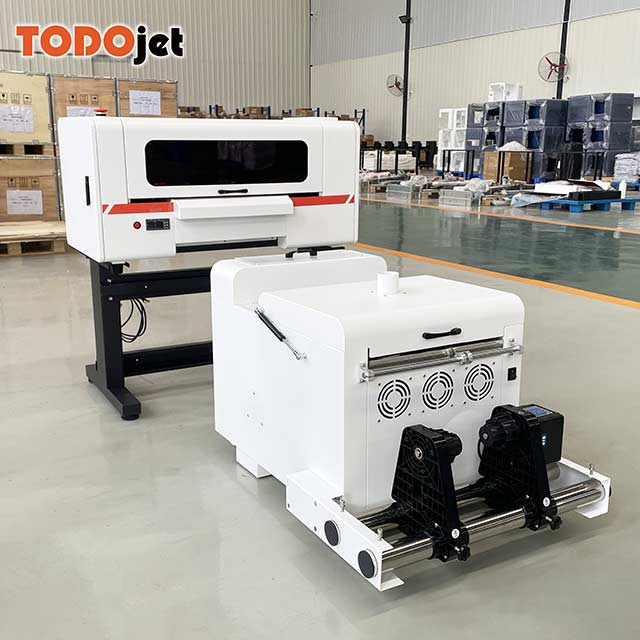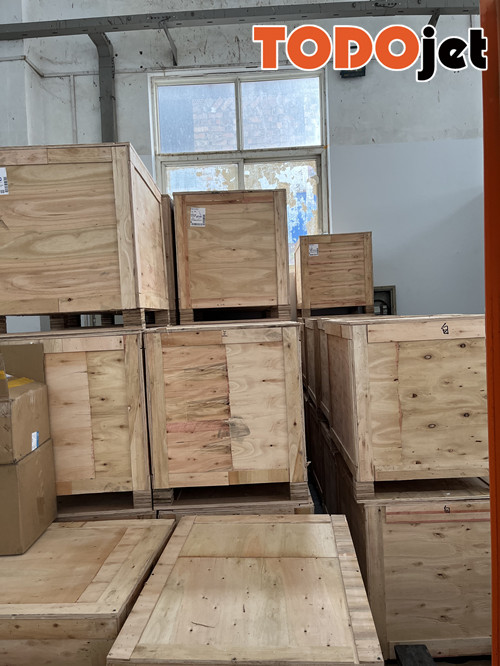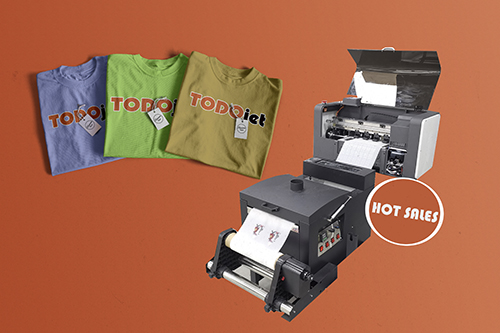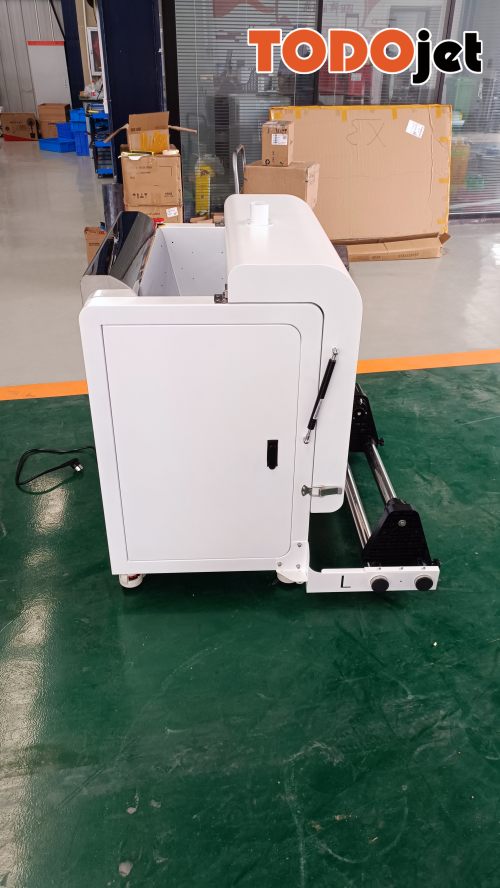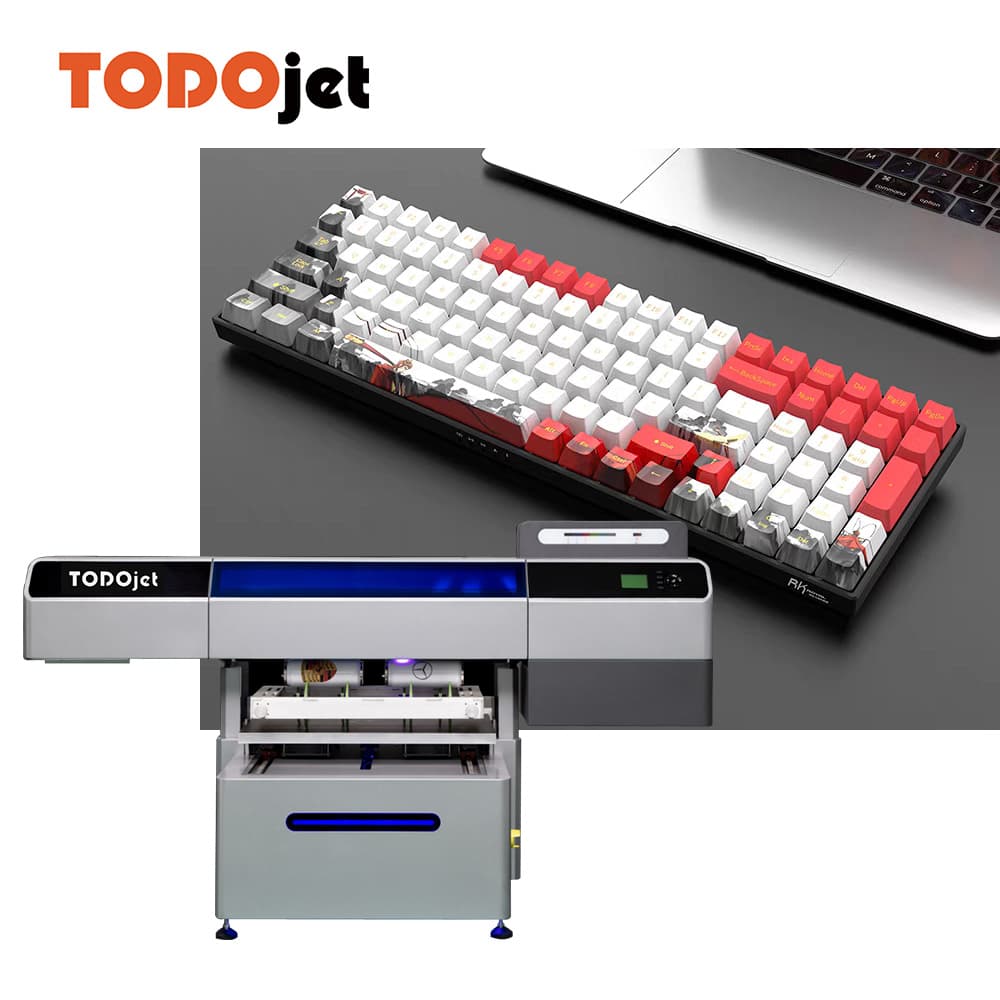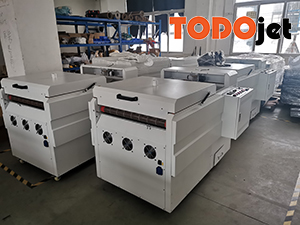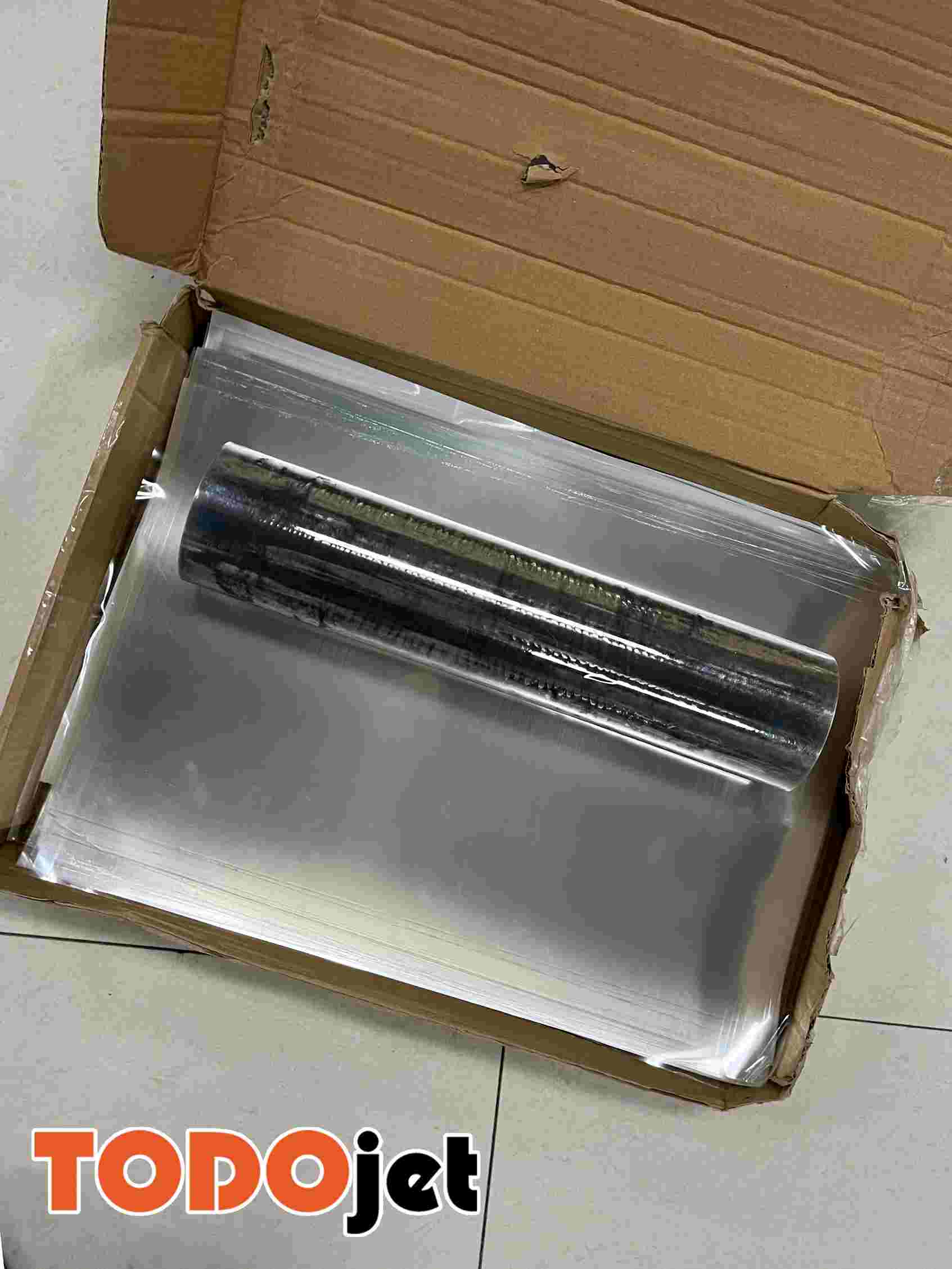Influence of Ink Dots on Printing Quality of UV Printer
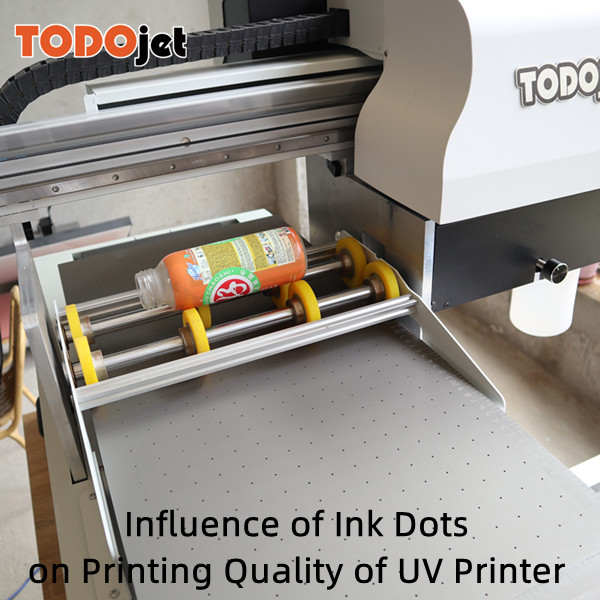
If the ink dots or lines per foot are used as the key factor for the print quality of UV printers, it seems a bit oversimplified. Other important factors have not been taken into account. Some factors are related to UV printer systems, and some are related to UV ink quality , Not specific to the print head.
So what are the other factors that affect print quality? Basically related to ink dots.
Although the dots or lines contained in each foot are important, you need to pay attention to the dot capacity of the overall system, not just the dot capacity of the print head. Crossing multiple print head doubles the effective dpi, which improves dot performance. Compared with binary printing, the use of variable dot grayscale can also improve the resolution suitable for the human eye.
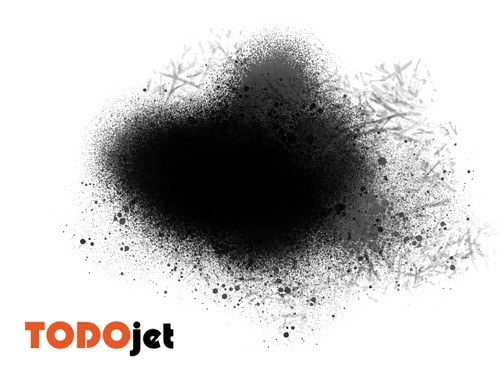
Does the ink dot size matter?
In considering the print quality of UV printers, the dot size is really important. The small ink dots produced by small droplets have low color density and can produce smooth text edges when used to fill the space around larger ink dots. However, large droplets ensure dense coverage and stronger or brighter opaque colors. Achieving the best balance point ensures accurate imaging, and each ink dot on the substrate must be accurately positioned.
Ink dot positioning error will affect the printing quality of the substrate, make the edges look uneven, and cause blank lines in the image and the solid part. Consistency is important, and consistency in droplet size is critical to visual print quality. The appearance of a series of different color densities on an image is highly undesirable, resulting in inconsistent droplet volumes across a single printhead and the entire print width. Both the physical capabilities of the UV printer head and changes in ink temperature will affect consistency.
To what extent can UV printers achieve high printing quality?
The ultimate test of perceived print quality of UV printers is the ability of the human eye. The human eye ability with 20/20 vision can be understood as the ink dot size at the nearest focusing distance of 10 cm is 29 microns. This in turn is equivalent to an effective resolution of 876 dpi, which is within the capabilities of a 360 dpi 8 grayscale printhead. It is useless if the height of the resolution exceeds the recognition ability of the human eye.
The factors outlined above all affect the final print quality of the substrate.

